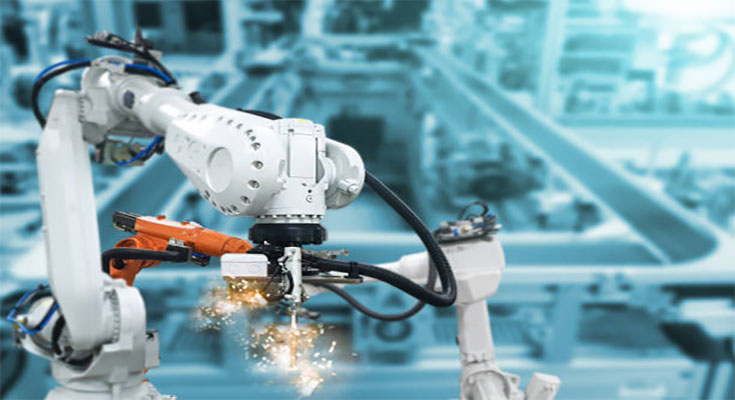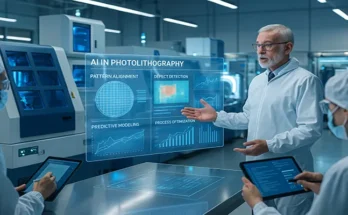Industries around the world are experiencing a transformative shift as robotic arms become an integral part of their operations. From assembly lines in manufacturing plants to warehouses handling logistics, robotic arms are reshaping the way businesses operate. These advanced machines, also known as industrial robotic arms, are part of larger robotic systems that offer precision, efficiency, and numerous benefits to industries across the board. In this blog post, we will explore the impact of robotic arms on various sectors, highlighting their versatility and the advantages they bring.
1. The Rise of Robotic Arms in Manufacturing
In the realm of manufacturing, the Industrial Robotic Arm has become a game-changer. With its precision, strength, and ability to perform repetitive tasks with unparalleled accuracy, these robotic arms have revolutionized assembly lines. Gone are the days of human workers toiling away on monotonous tasks. Instead, robotic arms work tirelessly, seamlessly performing tasks such as welding, painting, and packaging. By taking over mundane and repetitive tasks, human workers are freed up to focus on more complex and creative aspects of production.
2. Enhancing Efficiency in Warehouses
Robotic systems equipped with industrial robotic arms have also made significant inroads into the world of warehousing. Traditionally, the process of moving and organizing inventory has been labor-intensive and time-consuming. However, with the integration of robotic arms, warehouses are now experiencing a surge in efficiency. These agile machines can swiftly and accurately sort, stack, and retrieve products, reducing errors and improving productivity. As a result, businesses can optimize their supply chains, ensuring timely deliveries and minimizing operational costs.
3. Advantages Across Diverse Industries
The benefits of incorporating robotic arms extend beyond manufacturing and warehousing. Numerous industries, from automotive to healthcare, are reaping the rewards of these innovative machines. In the automotive sector, robotic arms play a vital role in assembling complex components, ensuring precision and consistency. In healthcare, they assist in delicate surgeries, offering surgeons greater control and minimizing the risk of human error. From food production to electronics manufacturing, the versatility of industrial robotic arms has made them indispensable across various sectors.
4. Increased Safety and Workforce Collaboration
The introduction of robotic systems and industrial robotic arms has had a positive impact on workplace safety. By taking over hazardous and physically demanding tasks, these machines help reduce the risk of accidents and injuries for human workers. For example, in industries where heavy lifting is required, robotic arms can effortlessly handle the load, preventing strain or injury to human employees. Furthermore, the collaboration between human workers and robotic arms has opened up new possibilities for enhanced productivity. Workers can now operate alongside these machines, leveraging their strength and precision to achieve optimal results.
5. The Future of Industries with Robotic Arms
As technology continues to advance, the future holds immense promise for industries leveraging robotic arms. The integration of artificial intelligence and machine learning algorithms enables these machines to adapt, learn, and become even more efficient over time. The capabilities of robotic arms are expanding, and their potential applications are virtually limitless. From space exploration to disaster response, the versatility and adaptability of robotic systems will play a crucial role in shaping the future of industries worldwide.
Conclusion: Embracing the Robotic Revolution
From assembly lines to warehouses, the integration of industrial robotic arms is transforming industries at an unprecedented pace. The precision, efficiency, and safety offered by these machines have revolutionized manufacturing processes and improved productivity in warehouses. Moreover, the advantages of robotic arms extend beyond specific sectors, finding applications in diverse industries. As we look ahead, the collaboration between human workers and robotic arms promises to unlock new levels of productivity and innovation. Embracing this robotic revolution will undoubtedly shape the future of industries across the globe, opening up exciting possibilities for growth and advancement.





